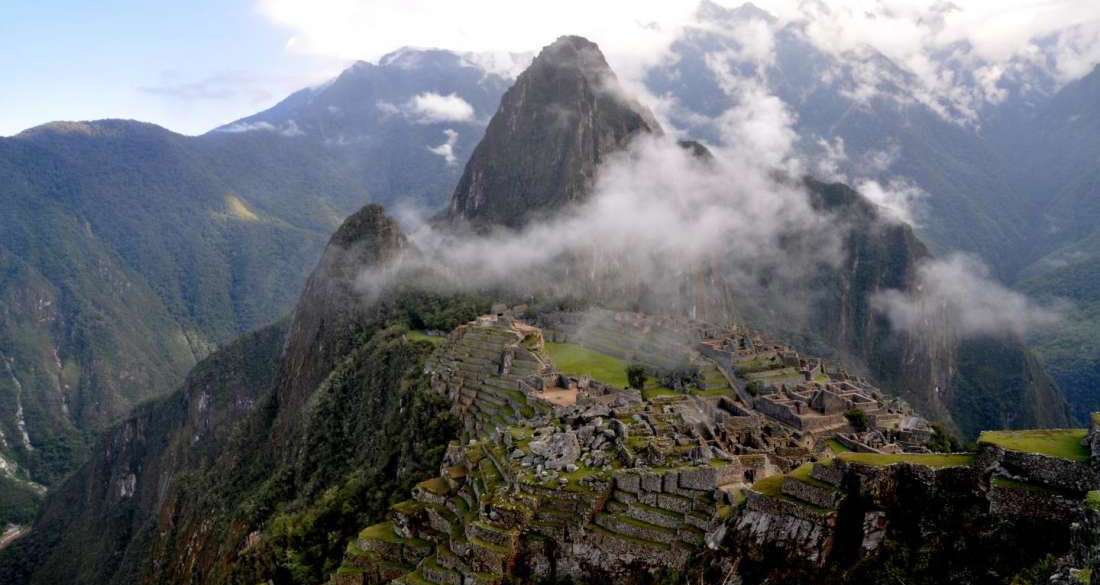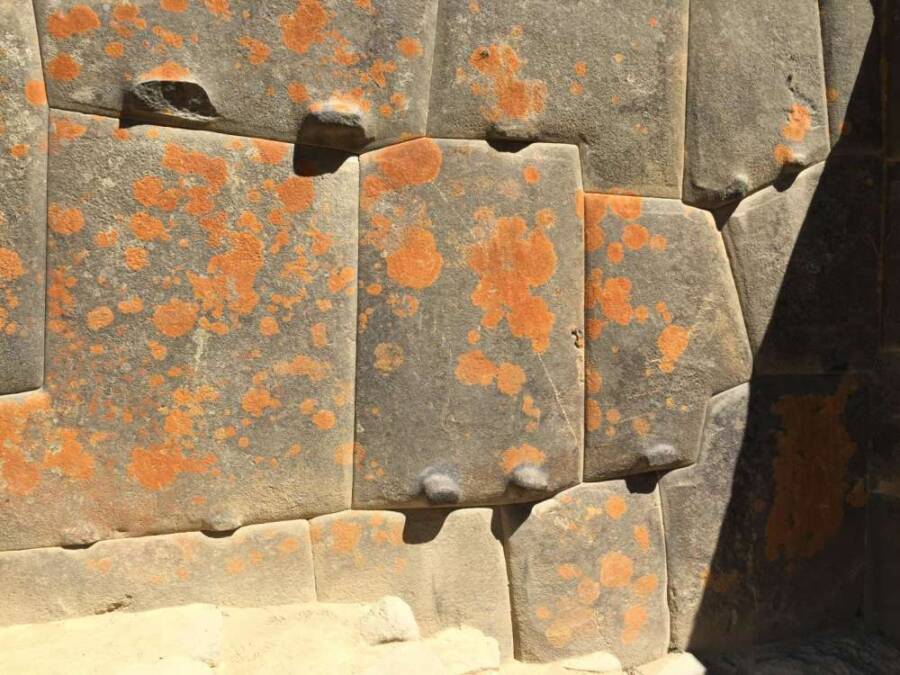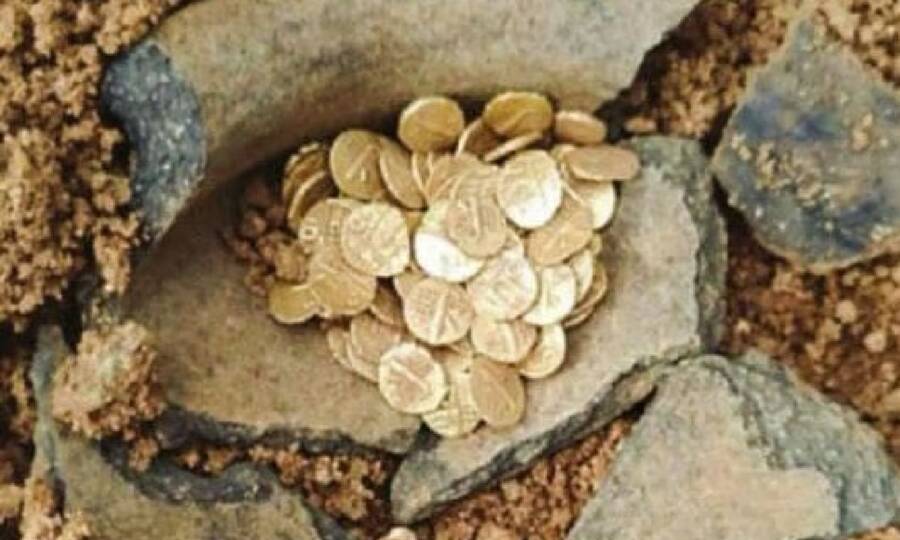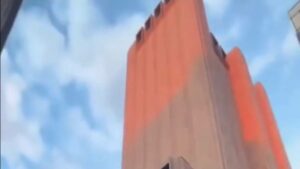“Did the Incas Design Machu Picchu for Disaster? Uncovering the Secrets of Its Fault Line Construction”
While Menegat isn’t certain whether or not the Incas understood what tectonic fault lines were, he believes they knew these fracture sites when they saw them. There’s even a Quechua word for fault lines: “quijlo.”
“The Incas knew how to recognize intensely fractured zones and knew that they extended over long stretches,” Menegat explained. “This is for one simple reason: faults can lead to water… Faults and aquifers are part of the water cycle in the Andean realm.”
And they could use whatever water and resources they could get high atop the Andes. “The Andean world is inhospitable,” said Menegat. “Here, human life is possible only in a few places where water drips through fractures… Their cities and plantations were not large, but the little that was produced in one place made possible exchanges with other places, resulting in great diversity.”
After learning about how the Incas purposefully built Machu Picchu along tectonic fault lines, read about archaeologists in Egypt figuring out how the pyramids were built. Then, learn why magic mushrooms are the safest recreational drug.




















